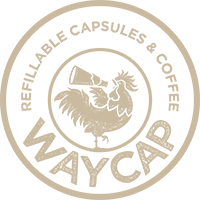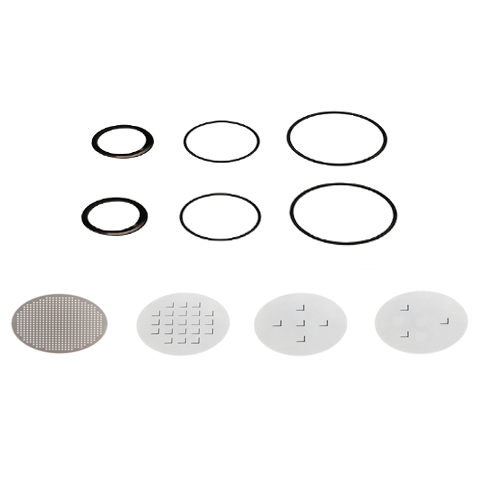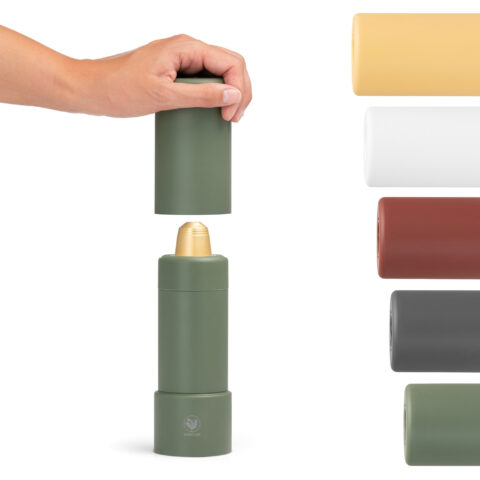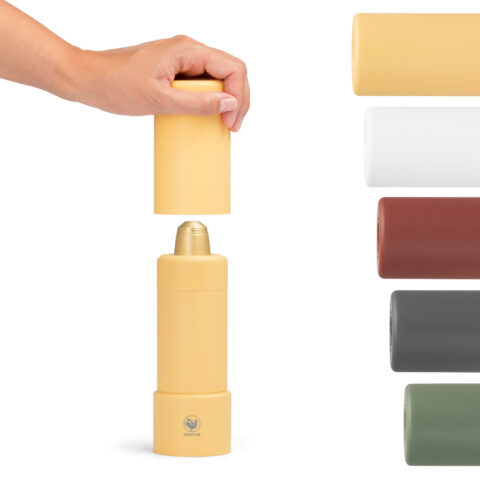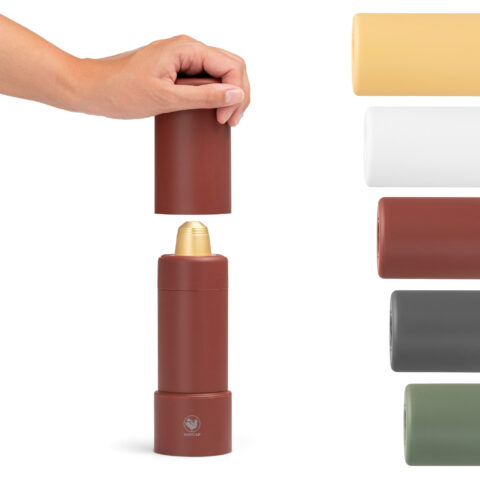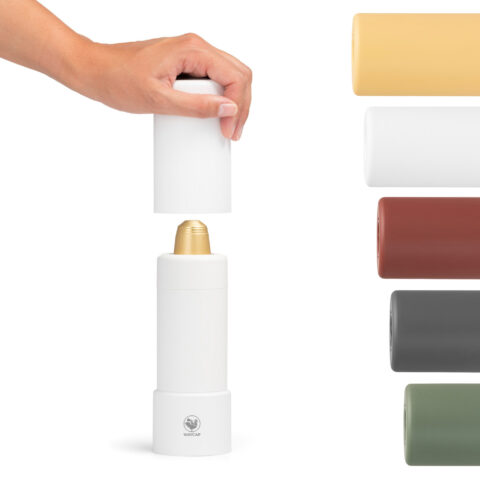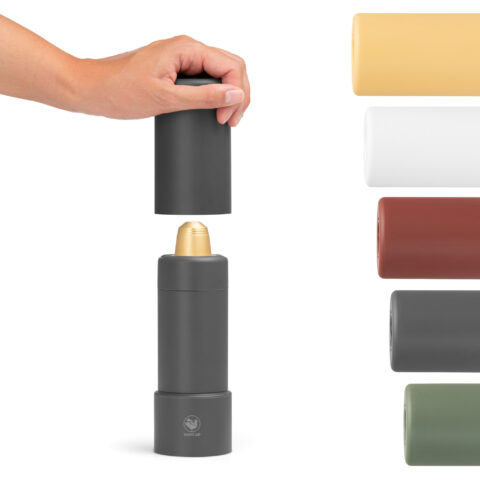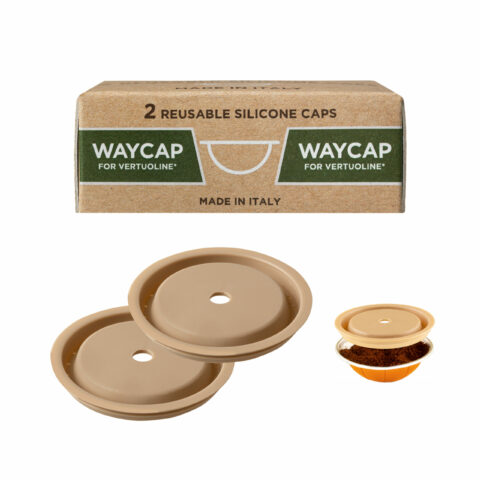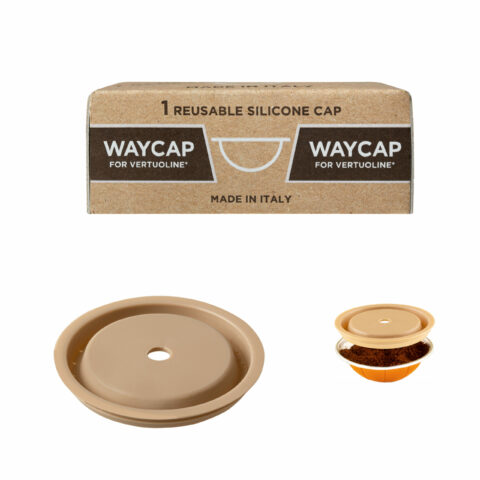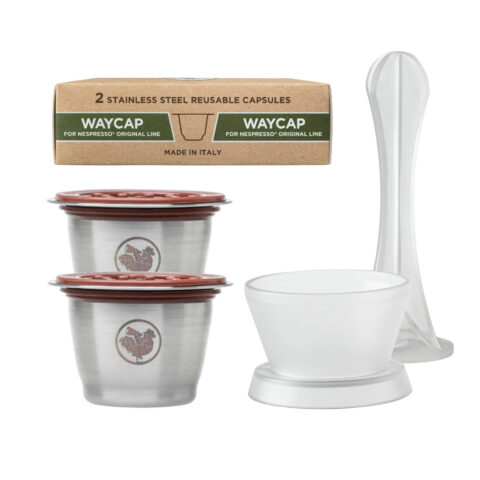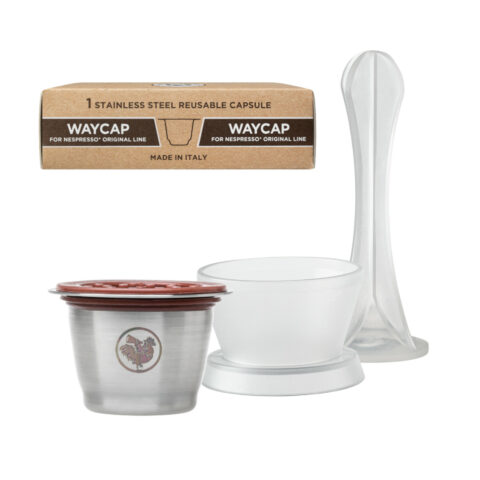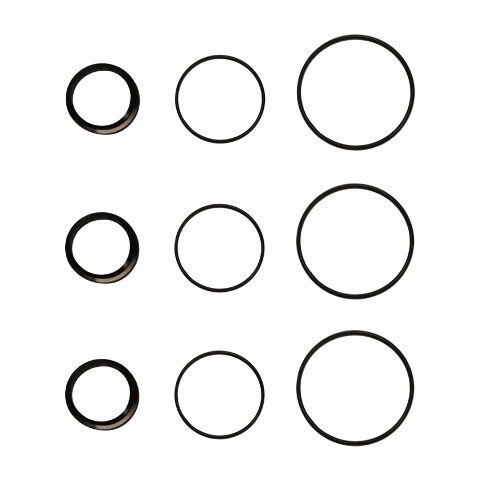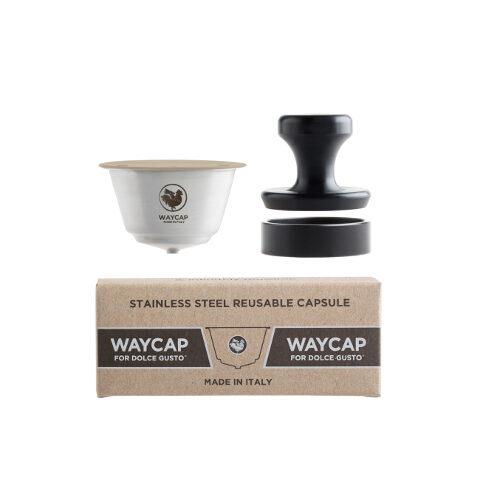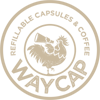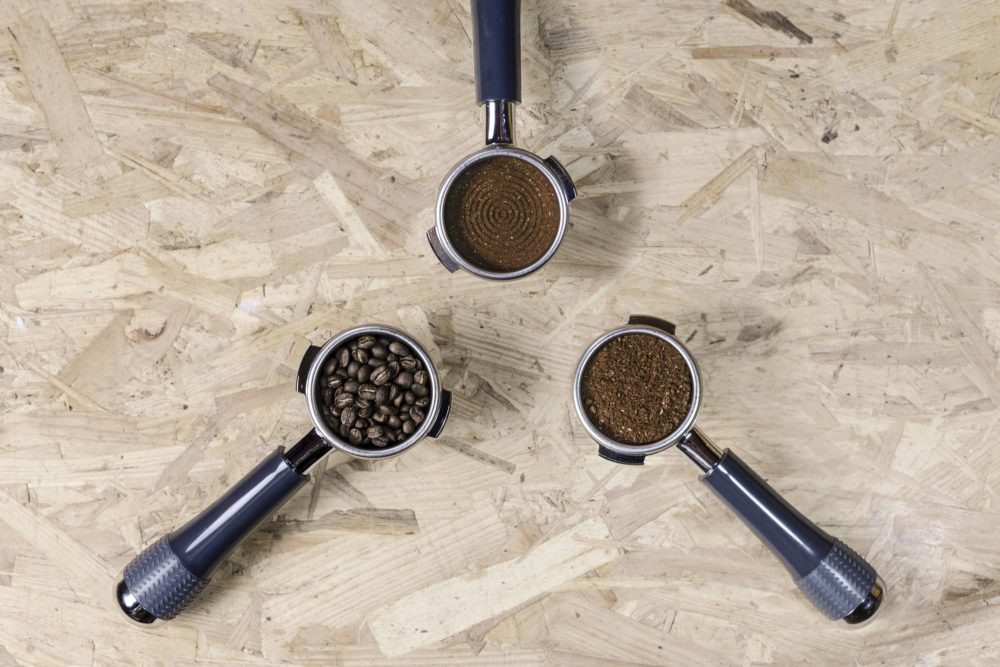
All around the world people consume millions of cups of coffee every day — 94 million cups a day in the UK alone!
But what to do with all the leftover coffee grounds? Let them accumulate in landfills?
Starbucks, for example, has been offering theirs to customers for free with their Grounds for Your Garden program since 1995.
Instead of thinking about them as waste, used coffee grounds can be a valuable material for many household uses: in your garden, for beauty products, for arts and crafts projects.
So, read on and discover fantastic ideas for using spent coffee grounds around your house!
In the garden
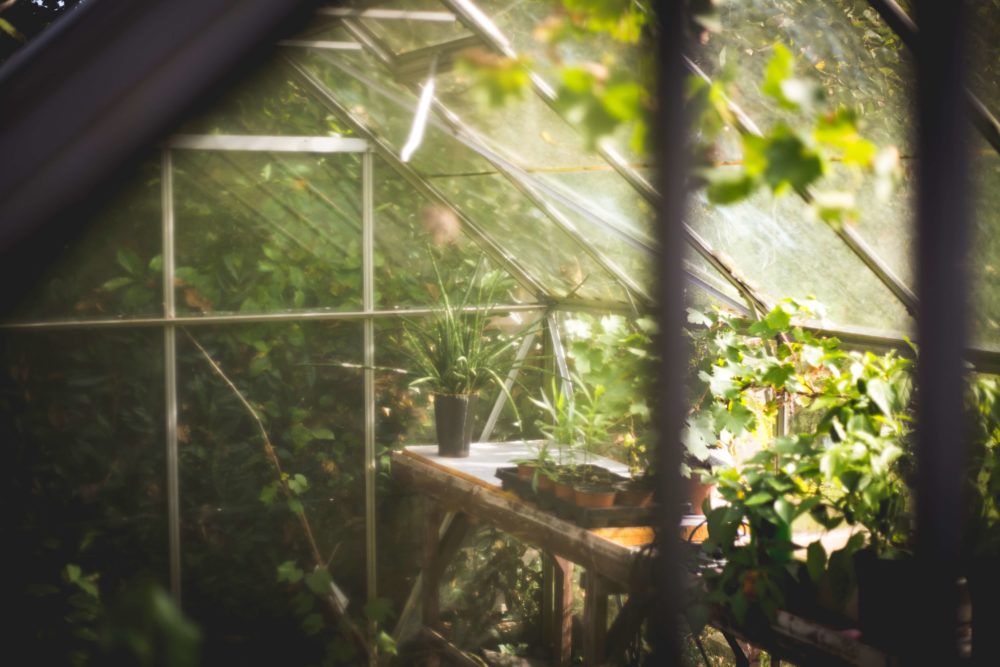
In compost
Coffee grounds are a good source of organic material and are rich in nitrogen so they are great for your compost. They can be considered as green material in a similar way to grass clippings.
Compensate with brown material such as sawdust, leaves, paper or cardboard. Make sure you mix them with other green material: a diverse feedstock will ensure a diversity of microorganisms. Too much will actually be harmful to bacteria and worms.
Beware:
don’t add too much coffee grounds to your compost bin or it might have detrimental effects. Linda Chalker-Scott, MasterGardener at Washington state university, suggests as an optimal amount 10 to 20% of the total volume and not more.
What about using coffee grounds directly on cultivated soil?
As mulch
Chalker-Scott advises against using pure coffee grounds for mulching.
First of all, because coffee grounds are easily compacted, preventing air and water for seeping into the soil.
Secondly, even though experiments in the lab have shown enhanced sugar beet seed germination and improved growth and yield of cabbage and soybeans, it is not known what their effects are in the field.
In fact, decomposing coffee grounds can release toxins that might even inhibit plant growth and seed germination of most plants. They could actually be good against weeds.
So, don’t use pure coffee grounds as mulch, especially directly on plant roots.
Instead, try using a thin layer (no more than half an inch) of coffee grounds and cover with a thicker (four inches) layer of coarse organic mulch like wood chips.
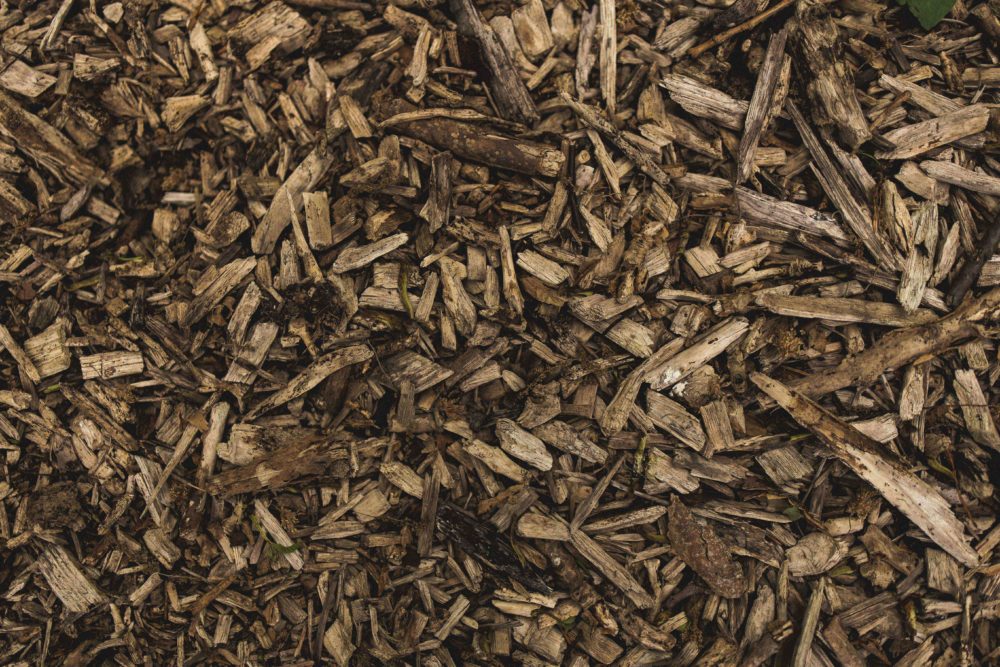
Against slugs and pests
You might have heard that coffee grounds are great for keeping slugs and even cats from messing around with your precious garden. While this is most likely unverified information, using a spray solution with 1-2% caffeine on leaves does indeed kill off most molluscs.
Against odours
Used coffee grounds can be used to absorb odours. Just place them in an open container at the back of your fridge or freezer and forget about them as you collect more used grounds. Empty the container after a week or so.
You can even use them around the house or in your car. Let them dry first by spreading them on a baking tray. Then, place them in a stocking and tie a knot making it into a ball. You can wrap the stocking around the grounds more than once to make sure the coffee doesn’t seep out.
Moreover, you can keep a bowl with coffee grounds near the sink to rub your hands with to get rid of the smell of garlic or fish.
In your beauty routine
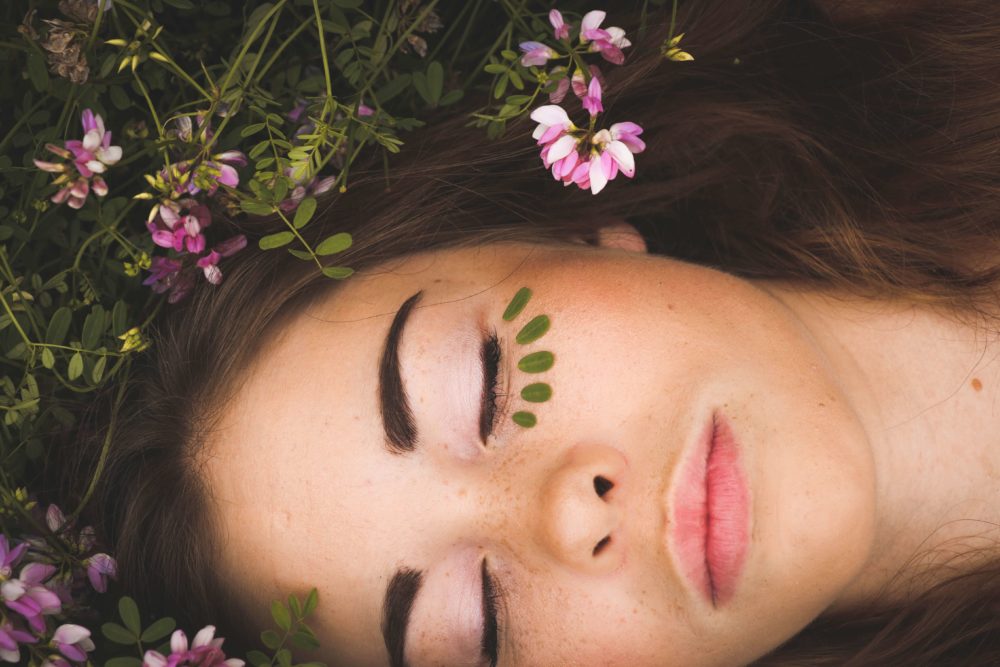
As a scrub
Use as a natural scrub on its own or mixed with a bit of honey and coconut oil. It’ll be more delicate on your skin than non-natural exfoliants and you won’t be polluting the environment with nasty microbeads.
As a facial
Coffee has astringent and antioxidant properties which make for a great toner reducing redness and tightening the pores.
Mix the grounds with milk or heavy cream until you get a paste and gently rub it on for a minute. Then sit back and relax for another 20.
Remember:
stay away from the area around your eyes where the skin is thinner and more delicate.
Against cellulite
Beware of coffee scrubs as magical “cures” for cellulite. Cellulite is a change in how the fat under your skin is shaped making it look lumpy or dimply like an “orange peel”. Almost 80 to 90% of women have cellulite and it is not a disease in any way but many dislike the way it looks.
Unfortunately, even though caffeine has been shown to break down fat cells in (really) high concentration, it’s very difficult to make it reach those cells through topical creams.
The good news is:
coffee grounds body scrubs do seem to reduce the appearance of cellulite for a week or so after use. Caffeine’s astringent properties tighten up the skin while exfoliating increases microcirculation plumping up the skin making cellulite look less obvious.
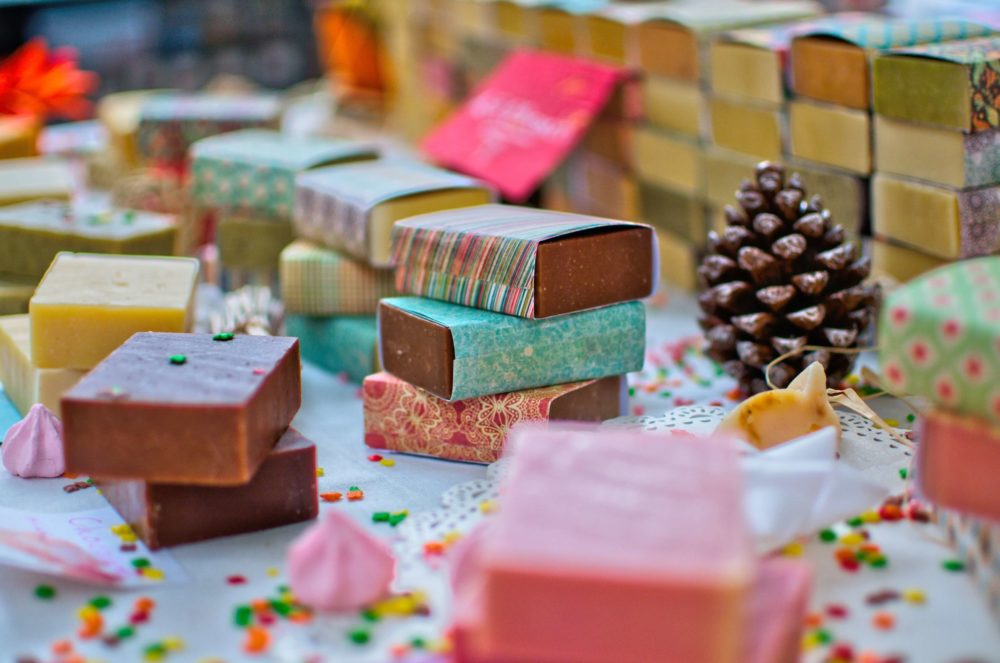
Coffee scrub soap
Why not use the exfoliating properties of coffee grounds in a delicious smelling soap?
It’s easy!
Melt 225 grams of glycerin soap into a metal and glass bowl placed on top of a pan with boiling water, creating a double boiler. While the soap melts thanks to the vapour’s heat, lightly grease some muffin tins or prepare your molds.
When the soap has melted turn off the heat, add 25 grams of coffee grounds to the melted soap — you can add more or less depending on how “scrubby” you want it!
Now, you can also add essential oils like vanilla and a bit of coconut oil to make the soap softer on your skin if you like.
After mixing everything thoroughly, you’re ready to pour the mixture in your molds. Be careful as it’s still hot.
Once they’ve completely hardened, pop the bars of soap out of the molds. Wrap them in parchment paper for the perfect gift for coffee lovers!
For arts and crafts
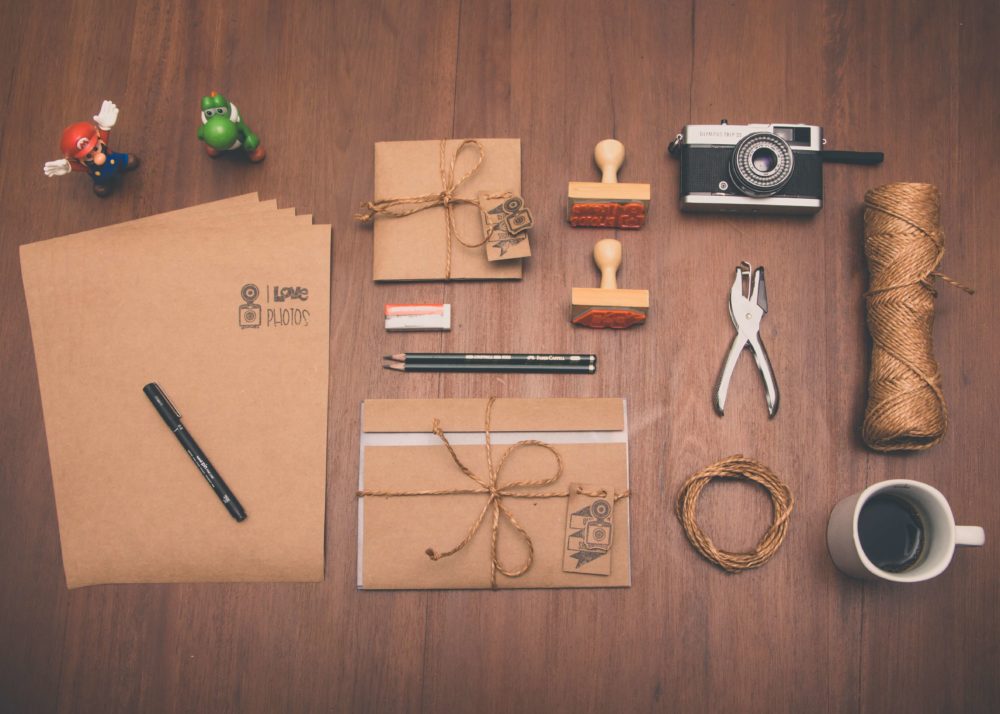
Wood staining
Using coffee grounds for wood staining is incredibly cheap, simple and gives you a nice organic effect.
You’ll need a jar, some steel wool, gloves and, of course, your used coffee grounds.
Place the steel wool in a jar with a small amount (2-3 tablespoons) of vinegar, water to cover it and the coffee grounds. Leave to soak for at least two hours, but overnight works best. Of course the more you leave it in the darker the stain will get!
Why use steel wool and vinegar?
The iron will dissolve in the vinegar creating a solution (iron acetate). The substance reacts with the tannins in the wood making it darker. This allows the coffee stain, that would fade away quickly in sunlight, to be durable indoors and outdoors.
Once the solution is ready apply a coat of stain to the wood, either with the steel wool itself or with a paintbrush. Use gloves for this step as it can get quite messy!
Let dry for 20-30 minutes and repeat. To have a darker stain you can repeat the process, but wait for each coat to dry first as the stain looks darker when wet.
Paper staining
Coffee grounds are a great way to create an aged paper effect for greeting cards, an antique notebook, or a pirates’ map!
Place coffee grounds in a tray and fill with boiled water. Let it steep for 5 minutes. The intensity of colour depends on the amount of coffee grounds, but you can always go back and add more.
Add a sheet of paper to the tray and let it sit for at least five minutes.
When the paper is a shade lighter than you’d like it to be, take it out of the coffee. It will darken as it dries.
Hang it to dry or lay it on a sheet of plastic. Be careful at this point as the paper is fragile when wet. I suggest using paper of a heavy quality for best results.
Once dry press it under a pile of heavy books to flatten it.
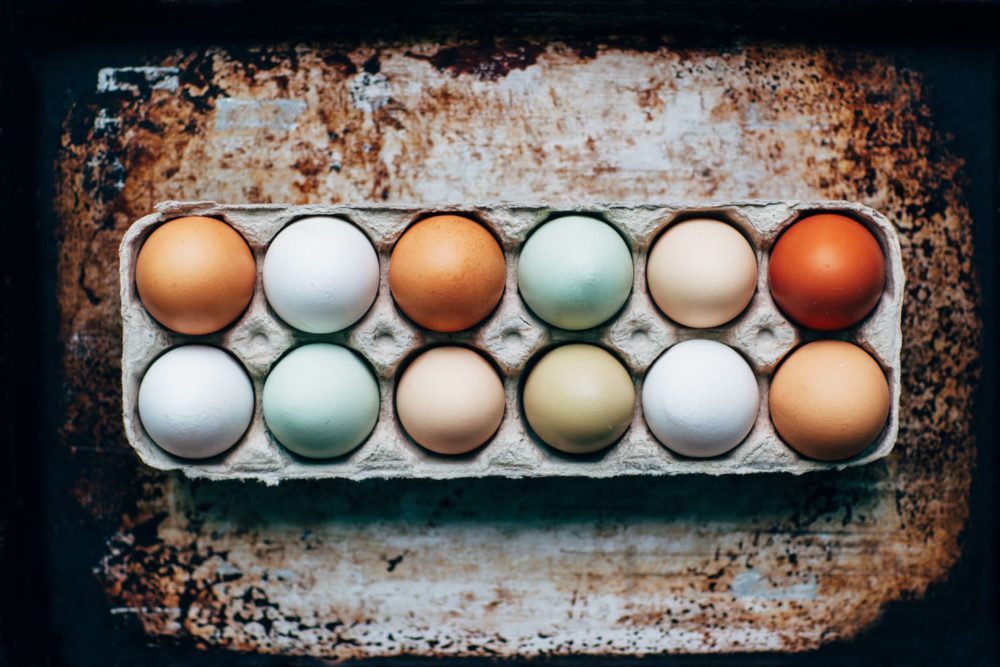
Easter egg dying
Dying hard-boiled eggs for Easter is a fun family tradition, a great way to spend time with your kids involving them in a creative activity — especially if it’s green and safe!
You can use natural dyes from all sorts of products you can find in your fridge or pantry, like spices, fruits and vegetables for different colours.
One of them is coffee grounds!
To give your eggs a natural brown shade mix one cup of coffee grounds with one cup of boiling water in a jar. Add one spoon of vinegar to set the colour. Dip in the hard-boiled egg and leave to steep for not more than an hour or the colour might start to seep through the shell.
After the egg is dry you can rub it in cooking oil to give it a nice shine!
Experiment with the quantity of coffee grounds for different intensities. And you’re ready for Easter!
Now, you’re ready to go forth and create something from (almost) nothing!
